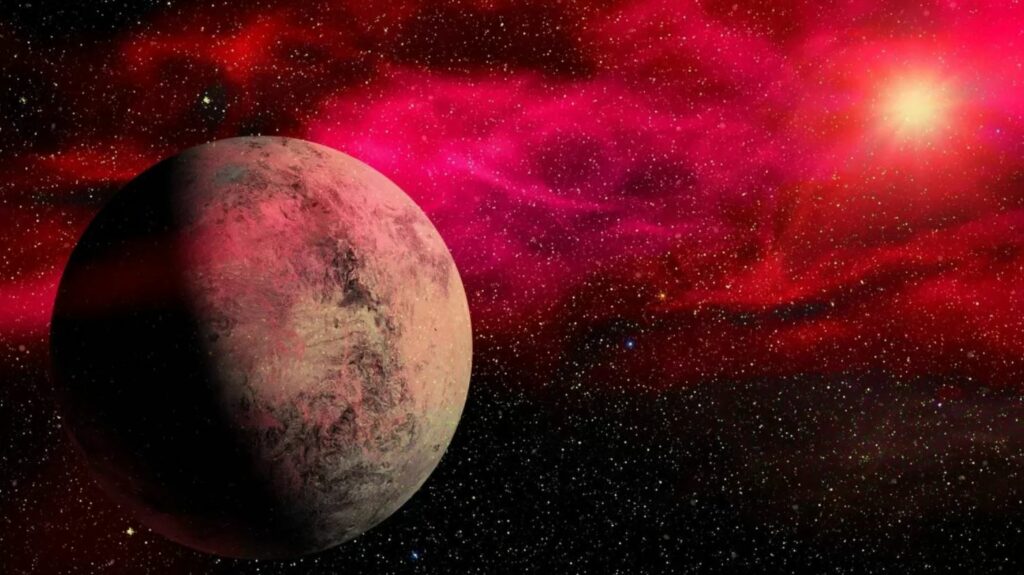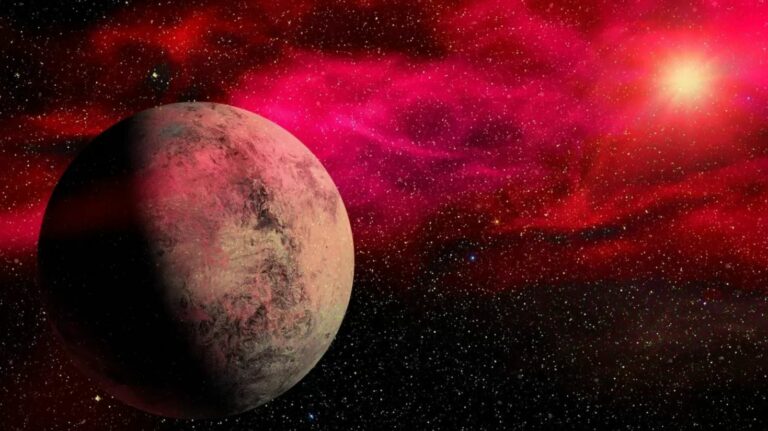New Study Suggests the Existence of Numerous Habitable Planets in the Milky Way
Our sun, while ordinary, is just one type of star among many in the vast expanse of our galaxy. M dwarfs, also known as red dwarfs, make up the majority of stars in the Milky Way, and recent research suggests that a significant number of them could harbor life. A fresh analysis of data collected by the Kepler mission indicates that approximately one-third of the planets orbiting M dwarfs have the conditions necessary for supporting life. These findings imply that there could be hundreds of millions of potentially habitable planets within our galaxy alone.
To conduct this analysis, astronomers at the University of Florida utilized data from the European Space Agency’s Gaia satellite, which provides precise measurements of stellar distances and motions. Incorporating this information enabled them to refine measurements of exoplanets’ orbits, focusing particularly on a parameter called eccentricity, which characterizes the elongation of a planet’s path around its star.

The research team, led by Sheila Sagear, a graduate student in astronomy at the University of Florida, emphasized the significance of the distance data obtained from the Gaia satellite. This critical information allowed them to perform a comprehensive analysis and make these compelling discoveries.
One key factor influencing the potential habitability of planets around M dwarfs is their eccentricity. Planets with highly elongated, oval-shaped orbits face the risk of tidal heating if they come too close to their stars. Tidal heating occurs due to the gravitational forces exerted by the star, resulting in stretching and squeezing of the planet, generating frictional heat. Excessive heat can lead to the loss of water, a vital component for life as we know it, thereby diminishing the chances of life evolving on the planet’s surface.
On the other hand, if a planet orbits too far from the M dwarf star, it becomes too cold, lacking the necessary warmth to support life. Therefore, exoplanets around M dwarfs must reside in close proximity to their stars to potentially maintain habitable conditions. However, this proximity puts them at risk of tidal heating if their orbits are not perfectly circular.
The research conducted by Sagear and her colleague, Sarah Ballard, an astronomer at the University of Florida, involved refining measurements for numerous exoplanets discovered by the Kepler space telescope. Their analysis revealed that approximately two-thirds of planets around M dwarfs would be subject to intense heat from their host stars, rendering them inhospitable for life. However, the remaining one-third of planets, situated in the so-called Goldilocks zone where liquid water could potentially exist, offer hope for the presence of life. Furthermore, the likelihood of a planet having a stable, circular orbit within the habitable zone increases when there is another companion exoplanet in the same stellar system.
The significance of these findings resonates deeply in the field of exoplanet research, particularly as astronomers shift their focus toward M dwarf stars. These stars represent promising targets for the search for small planets with orbits conducive to the existence of liquid water and, consequently, the potential for habitability. Sagear emphasizes the importance of this result, suggesting that it will shape exoplanet research in the coming decade, providing valuable insights into a population of stars that holds great promise for discovering habitable worlds beyond our own.
The results were published May 30 in the journal PNAS.
Do not forget to share your opinion with us to provide you with the best posts !




0 Comments